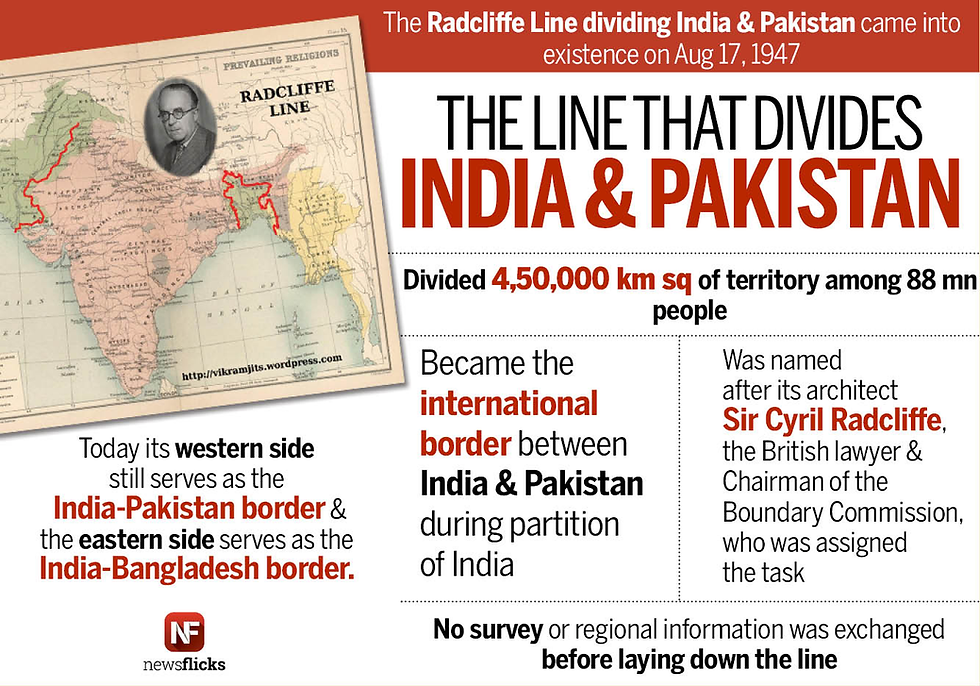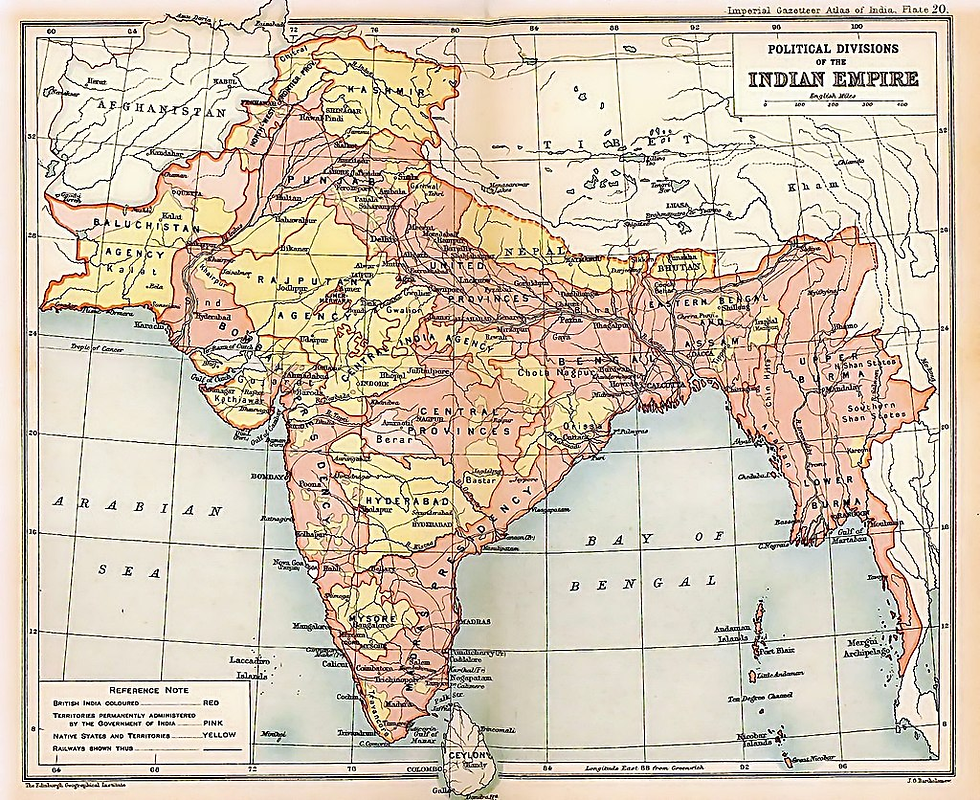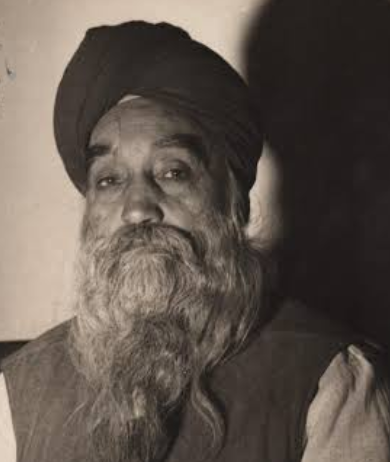
The independence of India from British rule could have been a moment of jubilant liberation, but the end of British India resulted in the Partition of India and Pakistan, and the beginning of the two independent states would prove much more violent.
Religious conflict mixed with imperialist hubris and incompetent planning produced the chaos that followed. And the entire story centers on a border drawn on a map by the British government — the Radcliffe Line.
The Origins of the Radcliffe Line

With the Indian Independence Act of 1947, the British government officially created a timeline to end the imperial rule of India. But this presented a problem. Since the beginning of British rule, the once fairly tolerant subcontinent had witnessed a growing, intensifying distrust between religious groups.
There was a Hindu majority in the country, but there were a large number of Indian Muslims and even Muslim majority districts, and there was also a significant Sikh community.
But the main tension remained between Hindus and Muslims, represented by the Indian National Congress and the Muslim League, respectively.
At its heart, the conflict centered on a single question: where should the line between a Muslim majority state and a Hindu majority state be drawn?
Unfortunately, the question was not so easily answered.

In places like the Punjab and Bengal provinces, diversity presented a major problem. The Punjab province was almost equally split, with 16 Muslim majority districts and 13 non-Muslim majority. In Bengal, there was a similar problem.
Any boundary commission would have to navigate these delicate matters, and now that the Indian Independence Act was in place, there was a ticking clock. The British wanted out, no matter what it took.
The Sikh Question

The argument was made much more complicated due to large religious minorities, particularly the Sikhs. In Punjab, there was a large Sikh community, but they were not a majority in any given area.
The Sikhs also had special sway over British India. They made up a large number of recruits to the army during World War I, and this had earned them a great deal of political capital.
Leaders like Master Tara Singh believed that the creation of Pakistan — the proposed Muslim majority country — off from India would endanger members of the Sikh religion.
Many Sikhs called for the establishment of Khalistan, which would be under their control. Some proposed that this could be federated with either Pakistan or "Hindustan" (the proposed Hindu majority country in India). But there was no area where Sikhs made up a true majority, so the idea was a non-starter.
Eventually, Sikh leaders came around to supporting the Hindu-majority side, as representatives in the Indian National Congress assured them protections for their religious and cultural freedom.
Who was Sir Cyril Radcliffe?

The duty of drawing the final boundary line was given to British lawyer Sir Cyril Radcliffe.
He was to create a demarcation line in both the Punjab and Bengal provinces. The goal was to separate areas by religious majority — the hope being that with this partition, India could have a peaceful transition to independence.
To do this, he led two boundary commissions, one for each border. The commissions both had two members of the Muslim League and two members of the Indian National Congress. Since the political division was so deep between these groups, Radcliffe had the final say in almost every case.
Added to the immense complications and high stakes, Sir Cyril Radcliffe and his teams had only five weeks to complete his task.
And at each step of the way, there were major problems yet to be discovered.
Making the India-Pakistan Border

The commissions faced major issues from the outset. For one, none of the members had any understanding of how to create a border. They were entirely made up of lawyers.
Further, bringing in experts was considered a hindrance to keeping up with the timeline. It was also seen as potentially humiliating to the British if they had to call on outside help. This greatly exacerbated the lack of knowledge.
The makeup of the commissions, while trying to create a balanced perspective where no voices would dominate, led to a de facto silencing of Indian voices. Being evenly split, each side had essentially no say. Plus, the only groups with true representation were the Muslim League and the Indian National Congress, but they were making decisions that would impact Sikhs, Buddhists, and still other minorities.
And due to the fighting between these groups, no common ground could be found on almost any topic of discussion. The Radcliffe Line would have to be decided by Radcliffe himself — someone who was only meant to act as a legal facilitator.
Radcliffe had never stepped foot on Indian soil until he was picked for the job. This was sold as a benefit, as the man had no loyalties. But given the structure of the commissions, it meant the only person with any real decision-making power was uniquely unqualified for the task.
While this might encourage someone to seek more help, Radcliffe simply plowed ahead, often using arbitrary reasoning to simply get things done. Hating the climate and the job, he looked for expediency wherever he could find it.
The Radcliffe Line was finished entirely by August 12, but fearing protest, it was not announced until two days after Independence Day, on August 17. The new governments of Pakistan and India would have to implement it.
Fallout From the Radcliffe Line

With the Radcliffe Line declared, those who would have to live under its consequences took action. Many who now found themselves a minority fled across borders, creating a massive refugee crisis.
Small villages that were placed on the wrong side of the border revolted, despite tens of thousands of troops being sent to keep the peace.
West and East Pakistan were now separate, with India in the middle. The entire subcontinent was riven by a boundary line created by a foreign power, by a man who had no appreciation of the land or its people.
The tragic consequences of this appear to us now as inevitable. But to the people who had to suffer through them, they proved greater than anyone could have imagined.
Comments